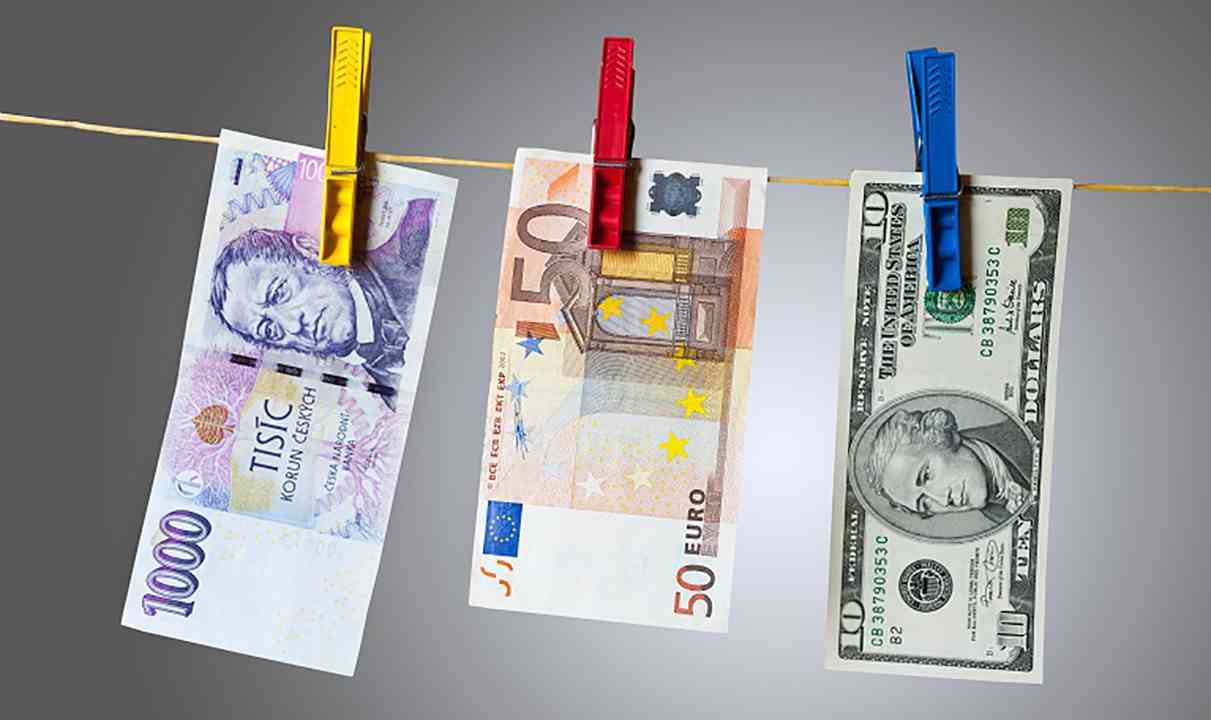Global currency markets are complex and wondrous systems. Competing national currency units trade continuously against one another, with values rising and falling due to factors such as inflation, sovereign debt, political stability, and sheer speculation. This wasn’t always the case, though. In the past, most currencies had fixed exchange rates, and relative values remained stable.

Today, the last vestiges of that era are represented by currencies that maintain their value through a practice known as pegging. Although most currencies feature floating exchange rates these days, a few nations have opted to link the value of their currencies to that of other nations (or groups of nations). For the uninitiated, here’s a primer on how the modern currency exchange system came to be, and everything you need to know to understand currency pegging.
The road to modern currency exchange
For most of human history, government-issued currencies were variations of a concept called “representative money”. In such a system, every unit of currency issued had a fixed exchange rate that was backed by a commodity or precious metal. For example, the British Pound is so named because it used to be redeemable for one pound of silver on demand. In later years, it (and many other currencies) would come to be backed by gold instead.
The gold standard, as it was known, was temporarily abandoned by central banks as they struggled to finance military operations during World War One. There was a repeat of this decision during the depths of the Great Depression, and in 1971, the United States abandoned the gold standard once and for all. That decision created the global currency markets as we understand them today, as it allowed currency exchange rates to float along with global demand.
What is a currency peg?
As mentioned previously, the practice of currency pegging refers to a practice wherein a central bank sets (pegs) the value of their currency relative to another. A currency peg can be thought of as a modern equivalent of representative money, except that the foundational commodity is another nation’s fiat currency. Most current examples of pegged currencies use the U.S. dollar or the Euro as their reference currency. Unlike gold, however, the value of fiat currencies can be volatile and will fluctuate constantly.
That key difference means that central banks attempting to maintain a currency peg must take active steps to control the real value of both their own and the other nation’s currencies. To do that, the bank may purchase physical reserves of the other currency, or set a trading band within which the value of their own currency can fluctuate. Examples of these approaches include:
- Hong Kong Dollar – Pegged to the U.S. dollar at a rate between $7.75 HKD – $7.85 HKD, backed by USD currency reserves
- Saudi Riyal – Currently pegged to the U.S. Dollar at a rate of 3.75 Riyal per USD, backed by USD currency reserves
- Danish Krone – Pegged at 7.46038 kr per Euro with a 2.25% trading band
Benefits of pegging
One of the primary benefits sought by countries in maintaining a currency peg is predictability. This is especially important for nations with economies that rely on exports to the nation they have linked their currency to. The parity that the arrangement maintains facilitates foreign trade, as importers and exporters know that relative commodity values will always remain stable between the two nations.
In addition, the predictability can be beneficial for currency traders as well. They are able to turn profits by following a major currency, like the U.S. dollar, and investing in one of its pegged currencies, knowing that the currency will inevitable rise or fall in accordance with the currency peg.
Drawbacks of pegging
For any nation choosing to link its currency to another, there are some inherent problems as well. A primary drawback is that linking a currency to that of another nation has the effect of relinquishing a good deal of economic control to that nation. For example, it becomes far more difficult to use interest rates as a lever to control internal inflation when the foreign currency is doing well. This is precisely what happened in Hong Kong, where housing prices soared due to low interest rates in the U.S. making money easily available.
The other major drawback of currency pegging is that it isn’t always possible for the peg to be maintained over the long term. The ability of the nation to use currency reserves and other fiscal policy to maintain the relative value of their currency isn’t always able to overcome market pressures, and when they fail, the effects can be disastrous. A prime example of this is the Thai baht, which was pegged to the U.S. dollar until the government could no longer sustain it in July of 1997, and it rapidly lost over half of its value over the following six months.
Emerging trends
In 2015, China moved away from its long-time policy tying the value of the yuan to the U.S. dollar, replacing it with a basket of currencies that more closely reflected its global trade relationships. Since then, there has been increased pressure on other nations that had been insistent on maintaining fixed exchange rates to begin moving away from the practice. While there are still many nations resisting the change, there are fewer of them with each passing year. Although this is the case, it seems likely that for reasons of expedience or lack of internal resources, there will be countries continuing to enforce fixed exchange rates for the foreseeable future.